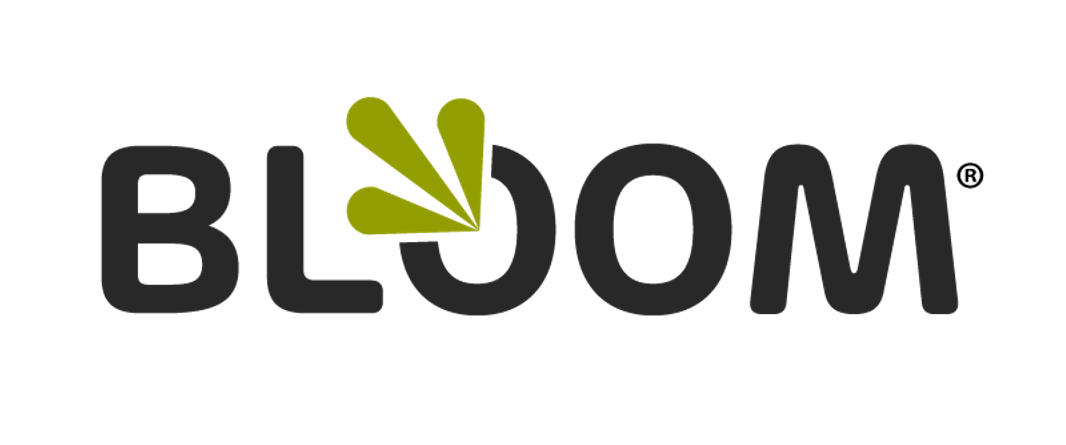Learn How to Recession-proof Your Business
What really causes a recession?
When people fear recession, they reduce spending. They decrease growth-related budgets in their business, and they sell their homes for fear of not having enough. Where does the fear originate? While the driving sources may be politics, world events, and so on the origin is largely behavioral.
You must decide how thoughts about “recession” will impact your choices and behavior as a business owner. If you removed the word “recession” from your vocabulary and some other outside influence started encouraging you to cut spending and reduce growth, would you do it? If the act of cutting spending causes a recession, why do it? If others doing business with you press ure you with their cuts in spending, how do you react and determine which reductions will actually have a positive sustaining impact on your business?
Six recession-proof strategies that will support positive outcomes in your business
History has proven that these sustaining strategies are what recover troubled times, and they should never be compromised:
Focus on your basic purpose. Most businesses have more irons in the fire than they can possibly support with the time, people, and money they have. Focus inward and focus on your greatest growth opportunities.
Understand the core strengths and competencies of your business.
Examine “best in class” practices, and set action plans to implement them over the next 12 months.
Diversify to new markets. Most businesses are challenged by competitors in downtrends. Consider your strengths and identify what new markets might better appreciate the full spectrum of advantages you offer.
Identify your specific product and service strengths compared to your more newly gained customer markets.
Define high-end or upscale markets that have unmet needs, and assess how you can provide products and services at higher margins.
Consider growing channels of distribution.
Go directly to customers and consumers via Web-based tools and distributors.
Bond deeper customer relationships with assertive marketing & sales programs . The moment you lose touch with customers is the moment your competitors will swoop in and take over. If you’re improving systems, products, and services then you have a lot to talk about. Use technology and tracking systems to for more targeted sales and marketing.
Define your primary long-term customer targets, and define what they need to hear from you. Make sure you emphasize how you make a difference now and will into the future.
Solve lingering problems. The lingering problems that decrease productivity may not get the necessary attention in busy times, yet when volume decreases so does the need to bypass these problems.
Conduct employee and customer surveys to gather input on what needs improvement
Set action plans for mapping better processes.
Reward staff when process problems are solved and the customers notice.
Hire and train the right people. If you’ve been following our blog, you’ve heard a lot about this already. Slower times are the perfect times to develop career paths for key employees, realign performers to more optimal jobs, implement training programs to support growth goals, and take time to hire the right people for growth-focused initiatives.
Utilize assessment tools to better know the skills, talents, and preferences of your employees.
Develop career development plans for each role title to align with future growth requirements and to increase loyalty.
Develop and execute training programs to develop skills and understanding of the organization’s future growth direction.
Conduct performance reviews as a communication vehicle for all of the above.
Set simple and tight measurements. As you simplify your business practices around what matters most you become more aware of what to measure for success. Now is the perfect time to distill how you will measure your future success and what technologies will track those measurements.
Define the metrics and values that directly relate to your growth objectives (e.g. new customer markets, profit for investments, or sales volume).
Program technologies that will track these measurements as easily and as timely as possible. Define reporting intervals so that you and those who need it regularly see data.
Communicate these measures to your employees, including how the numbers are calculated and why they are important.
Recession is only opposed by growth. If times are a little slower for you now, we just solved that problem. Focus a larger percentage of time on the most promising scenarios for growth in your organization. Allocate resources to support those areas and you will not only be a part of the larger economic solution, you will individually ride smoothly through what others may need to deem as turbulent, uncertain times.
